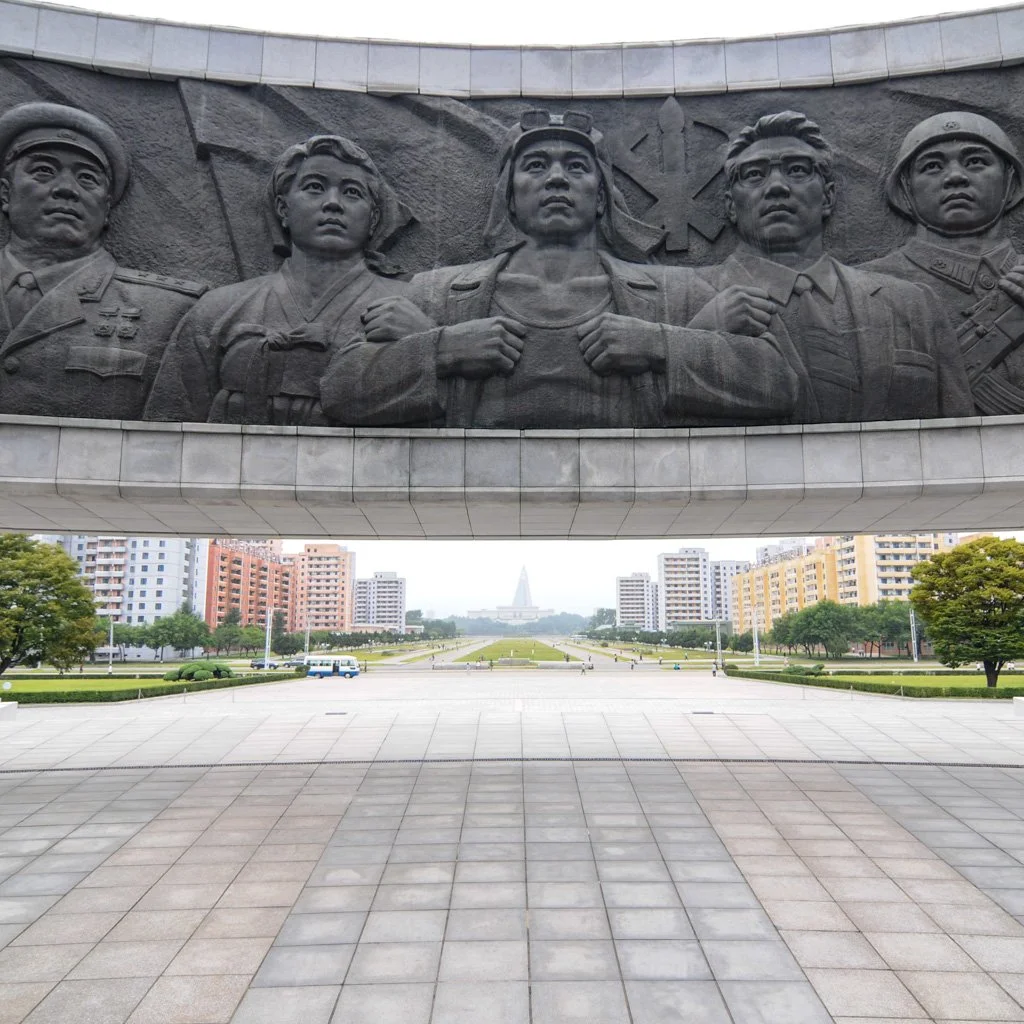Below is a slightly longer version of an article that first appeared in WSJ Korea Real Time on February 5th, 2015.
The ongoing division of modern Korea is one blighted by unfortunate timing. See, for example, Stalin declaring war on Japan in early August 1945, not knowing that in a week the war would be over. Take Kim Il Sung’s death in 1994, which came just after a breakthrough with the Americans. Or the first attempt to try to approach North Korea differently: Kim Dae Jung’s sunshine policy, which was misaligned with an incoming US administration that was anti-engagement.
Will we have to add 2015 to the list of bad timing on the Korean peninsula?
Right now, it is clear that the DPRK is entering a phase of economic experimentation. The so-called May 30th measures of 2014, expanding on the June 28th measures of 2012, are the biggest steps away from state planning that the country has ever taken.
The details have never been publically announced, but enough information has surfaced to know that under the May 30th measures farmers are to keep 60% of their produce and work teams are to drop to family size. This goes beyond the respective 30% and “teams of ten or less” that the June 28th measures implemented.
Less clear are how factories are to be run – though we hear that state-owned companies are being given more autonomy. Under the new measures, they are supposed to decide their own inputs and outputs while paying workers wages. This would take a whole slew of enterprises off the state planning system, so that while they remain state-owned, their decisions would be driven by localized assessments of market needs.
North Korea tried something like this before in 2002. (Observers dubbed those changes in equally memorable terms: the July 1st measures.) To risk oversimplification – the planned-for incentives and autonomy didn’t stick and were largely rolled back in the mid-2000s.
Will it work this time? Will there be enough successes that the experiments become irreversible? There are both conservative and liberal voices in Pyongyang policymaking circles and there is a danger that without enough wins for farms and especially for companies under the new system, the experiment will be rolled back under a tide of opposition.
It is here that we come to potentially the next episode in modern Korea’s saga of bad timing. For these experiments to succeed, there are three things that North Korea needs but lacks.
The first is capital or seed money to get the ball rolling in the right direction. Some companies have their own reserves to play with but many don’t, and we already hear rumors of companies unable to pay their workers and having to be returned to the state plan.
The second thing they need is training: managers of these companies have gotten used to being given raw materials and told what to make and in what quantity. Many of them are ill prepared to successfully judge and respond to markets and suppliers.
The third thing is fertilizer and other farming inputs to kick start production in agriculture.
The country that is the most obvious choice to assist with these inputs is, of course, South Korea. Broadly speaking, the stability that comes with a North Korean economy run along more “Chinese” lines is good for Seoul. But the ROK is in a political bind: sanctions introduced in 2010 after the sinking of the naval ship Choenan restrict new business as well as non-profit work with the North. Seoul demands an apology before these sanctions can be lifted, but Pyongyang denies involvement.
Yet interest in re-engaging the North is clearly growing among South Korean companies and non-profits. This is evidenced by the turnout at a conference in Seoul last week titled “Doing Business in North Korea”. The organizers expected 150 people. Four hundred came.
More concretely, a South Korean consortium led by POSCO, Hyundai Merchant Marine, and KORAIL is considering buying half of Russia's 70-percent stake in a joint venture company that runs a 54 kilometer railway linking Khasan to Rason, a Special Economic Zone in the DPRK’s far northeast. A delegation went to explore options in December 2014, the same month that a pilot project sent 40,500 tons of Russian coal through Rason to Pohang, the home of the steel giant POSCO. It seems this is all happening with the blessing of the Seoul government.
If Seoul wants to see a North Korean economy run more effectively, with increased stakeholders in a non-state planned system, these kinds of workarounds and exemptions need to continue. Then a bit of creative thinking on both sides of the DMZ needs to take place to come to an agreement that lets Seoul find a way out of its own sanctions regime.
Otherwise, a few years from now we may see a little-changed DPRK and look back on this period as one more case of Korea’s unfortunate timing.






